When Harry Styles first stepped onto The X Factor stage in 2010, few could have predicted that the floppy-haired teen would grow into one of the most financially dynamic artists of his generation. What began as boy band fame with One Direction has since transformed into a portfolio that spans chart-topping solo albums, sold-out global tours, high-fashion collaborations, and even a budding acting career. But this isn’t just a story of fame — it’s a case study in modern celebrity entrepreneurship. Styles has mastered the art of cultural resonance and commercial strategy, turning charisma into capital across music, film, fashion, and beyond. In this deep dive, we break down exactly how he makes his millions — and why his approach to wealth creation sets him apart in the crowded world of pop stardom.
Headliner, Hitmaker, Mogul: The Pillars of Harry Styles’ Music Income
Record-Breaking Albums: More Than Just Streams
Harry Styles doesn’t just make hits — he turns albums into multimillion-dollar assets. Fine Line and Harry’s House weren’t merely critical darlings; they were commercial powerhouses. At a time when streaming dominates, Styles capitalized on the revival of vinyl, topping physical sales charts and creating collector-level demand. As a credited songwriter on most tracks, he also secures a steady stream of publishing royalties — an often-overlooked revenue source in the streaming era. Beyond the music, each album functions as a brand platform, boosting merchandise sales, tour demand, and media licensing. Styles isn’t just releasing records; he’s architecting cultural moments that compound in value across multiple revenue streams — proof that in today’s music economy, artistry and strategy go hand in hand.
His net worth trajectory from One Direction fame to solo superstardom reveals how calculated reinvention helped build sustainable wealth.
Touring as a Cash Cow: Why ‘Love on Tour’ Was a Game-Changer
Love on Tour wasn’t just a concert series — it was a masterclass in modern touring economics. Grossing over $600 million across 169 shows, Harry Styles joined the ranks of touring titans like Taylor Swift and Ed Sheeran. But the magic wasn’t just in ticket sales. Styles leaned into premium fan experiences, creative stage design, and a wildly successful merch strategy — all tailored to a global, fashion-conscious audience. His ability to sell out arenas worldwide, even post-pandemic, speaks to brand loyalty that transcends music. Strategic routing, strong social media buzz, and a festival-like atmosphere turned each date into a cultural event. In short, Love on Tour wasn’t just profitable — it proved Harry is one of pop’s most bankable live acts.
The Silver Screen Paycheck: Harry’s Growing Acting Career
From Pop Star to Leading Man
Harry Styles’ pivot to acting isn’t just a vanity project — it’s a calculated expansion of his creative and commercial reach. His breakout role in Dunkirk signaled surprising dramatic chops, while Don’t Worry Darling and My Policeman positioned him as a leading man with cultural cachet. While exact salary figures remain guarded, insiders estimate mid-seven figures per film, not blockbuster rates yet, but notable for a relative newcomer. More importantly, Styles brings built-in audience appeal, fashion-forward press coverage, and streaming platform magnetism, all of which make him a casting asset. If he continues to evolve on screen, acting could become both a lucrative revenue stream and a long-term career pillar, one less vulnerable to the volatility of pop music trends.
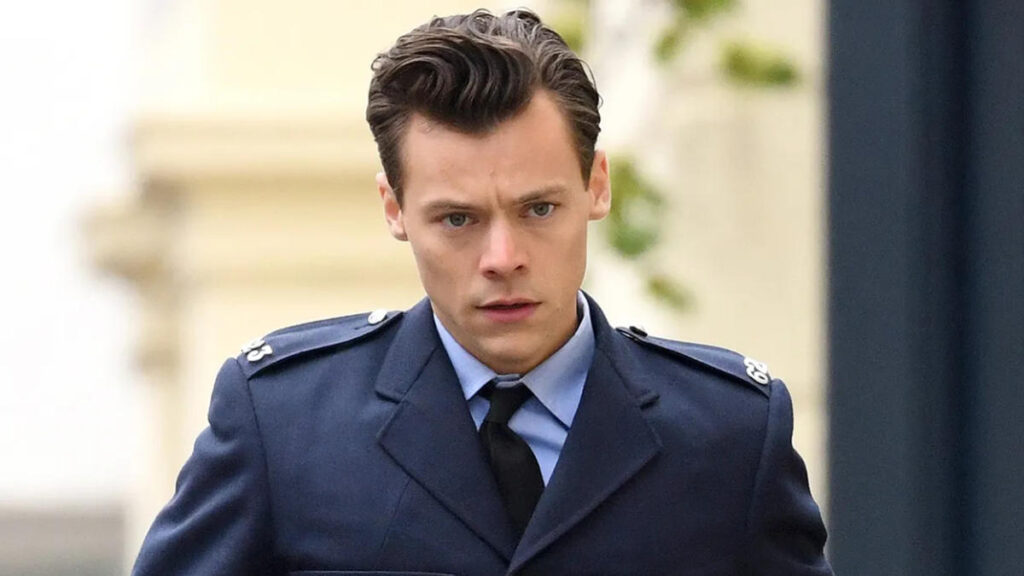
The Studio Appeal: Why Studios Bet on Styles
Studios don’t cast Harry Styles purely for his acting chops — they cast the brand. His global fan base guarantees buzz before a single frame is shot, while his gender-fluid style and Gen Z appeal align perfectly with the industry’s push for younger, more inclusive audiences. Styles offers what marketers call “earned media magnetism”: red carpet virality, fashion headlines, and social media wildfire — all without the price tag of a full-blown campaign. As Don’t Worry Darling director Olivia Wilde noted, his presence creates “a cultural event” around the film. That halo effect — where ticket buyers show up as much for the vibe as for the plot — turns Styles into a strategic asset: part actor, part walking PR machine.
Style as a Business: Fashion Collaborations & Brand Power
Gucci Muse to Brand Builder: Monetizing the Aesthetic
Harry Styles doesn’t just wear fashion — he markets identity. His embrace of gender-fluid, retro-romantic styling isn’t just expressive; it’s strategic. By rejecting industry norms, he carved out a distinctive aesthetic that made him a muse for Gucci, culminating in the co-designed HA HA HA collection with Alessandro Michele. But this is more than celebrity modeling — it’s brand authorship. Styles’ visual storytelling builds a lifestyle around his music and persona, making every outfit a marketing touchpoint. His fashion influence drives headlines, drives sales, and defines trends — effectively turning personal style into profit. In a culture where aesthetics drive brand equity, Styles has mastered the balance between art and enterprise, using fashion as both a canvas and a business tool.
For a deep dive into Harry Styles’s fashion earnings and Gucci deals, check out this supplementary breakdown of his brand collaborations.
Pleasing: The Launch of His Lifestyle Brand
With Pleasing, Harry Styles didn’t just launch a beauty line — he tapped into a cultural current. The brand’s gender-inclusive, minimalist aesthetic speaks directly to Gen Z and Millennial consumers who value self-expression, sustainability, and subtle luxury. From nail polishes to skincare, Pleasing avoids loud celebrity branding in favor of soft power: thoughtful design, eco-conscious packaging, and a message of joyful experimentation. Its early sellouts suggest strong market traction, but more telling is its brand alignment — Pleasing feels like an extension of Styles himself. In an era where authenticity drives consumer trust, Harry isn’t slapping his name on a trend; he’s building a lifestyle platform. As a business move, it’s both culturally fluent and commercially strategic — the mark of a modern mogul.
What It’s Like to Witness a ‘Harry Styles Effect’ Moment
I didn’t fully understand the Harry Styles Effect until I stood in the merch line at Love on Tour. Around me were fans in feather boas, glitter eyeliner, and vintage boots — outfits not copied from Harry, but inspired by the freedom he radiates. The energy was electric, communal. People weren’t just there to hear songs; they were there to belong to something.
Later, visiting a Pleasing pop-up in London, I watched teens and thirtysomethings alike swatch nail polishes and snap selfies under soft lighting. It didn’t feel like a store — it felt like a set piece in the world Harry built. That’s his power: he blurs the lines between artist, brand, and experience. You don’t just consume Harry Styles; you participate in his universe.
Moments like these prove that his influence isn’t hype — it’s strategy, story, and sincerity working in harmony. And in today’s attention economy, few do it better.
How Harry Stacks Up Against Pop’s Elite?
With an estimated net worth is $140 million, Harry Styles stands tall among pop’s most profitable solo acts. He’s not the richest — Justin Bieber reportedly hovers near $200 million — but Harry’s trajectory tells a more strategic story. Unlike peers who leaned heavily on touring or streaming alone, Styles has diversified early and smartly: fashion deals, acting roles, and his lifestyle brand Pleasing all compound his financial momentum.
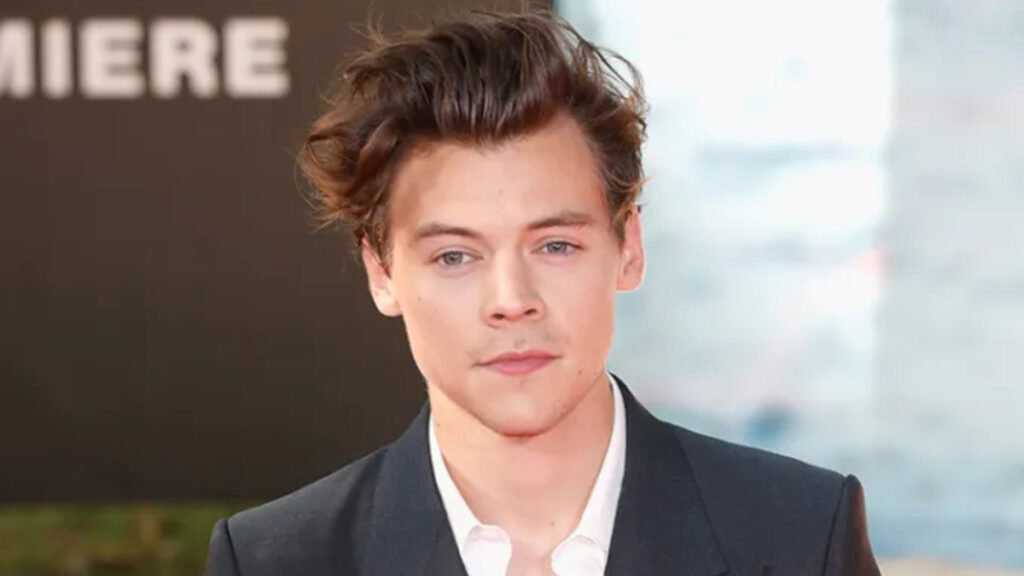
Compared to his former bandmate Zayn Malik, whose net worth is estimated at less than half Harry’s, the contrast is stark. Styles’ consistent output and careful brand curation have kept him in both cultural and commercial spotlight, while others have plateaued or faded. His growth isn’t fueled by shock value or social media virality — it’s built on cross-industry trust and reinvention.
If the current arc continues, Harry may not just catch up to pop’s wealth elite — he could redefine what financial success looks like for a 21st-century music star.
The contrast between Harry Styles vs Zayn Malik in terms of career value and financial legacy is particularly revealing of how visibility impacts earnings.
The Business of Being Harry: Investments, Endorsements & Future Wealth Engines
Low-Profile Investments & Equity Stakes
While Harry Styles’ headline ventures draw attention, much of his financial strategy likely plays out behind closed doors. He’s reportedly invested in luxury real estate, with properties in London and Los Angeles — smart moves in high-appreciation markets. Industry whispers also suggest quiet stakes in startups and creative production deals, particularly as he takes on more control in film projects. Though details are scarce, Styles’ track record hints at a thoughtful, long-game investor. His pivot into behind-the-scenes roles, including potential producing credits, mirrors a trend among artist-entrepreneurs diversifying their income beyond the spotlight. Without overreaching, it’s clear: Harry isn’t just spending money — he’s placing bets on his future, with the discretion of someone building something bigger than fame.
To understand how Harry Styles earns his millions through music, film, and fashion, it’s worth exploring how each pillar of his career fuels his income engine.
Endorsement Power Without Oversaturation
Unlike many pop stars, Harry Styles doesn’t flood his image with flashy endorsements — and that’s precisely the point. His selective approach creates an aura of exclusivity, making every partnership feel curated rather than transactional. Collaborations with Gucci or his Pleasing brand aren’t just endorsements; they’re aesthetic extensions of his identity. This restraint is powerful marketing: by avoiding overexposure, Styles maintains brand mystique, trust, and premium appeal. In a culture where consumers are hyper-aware of inauthentic promotion, his low-volume, high-impact strategy sets him apart. It’s not that he avoids monetization — he just plays the long game. And in doing so, Harry proves that sometimes less commercial noise builds more brand equity.
His most intriguing assets include Harry’s real estate portfolio, from Malibu cliffs to Notting Hill brownstones, offering insight into the quieter side of his empire.
Why Harry’s Wealth Strategy Is Built to Last
Harry Styles isn’t just accumulating wealth — he’s architecting a legacy. His approach blends creativity with commercial foresight, steering clear of gimmicks and chasing long-term equity over short-term hype. From music and fashion to film and lifestyle branding, he builds ventures that reflect who he is, not just what sells. That authenticity resonates with fans, investors, and collaborators alike, making his brand both emotionally sticky and financially sound.
What sets Harry apart isn’t just talent — it’s intentionality. In a celebrity economy flooded with cash-grabs and burnout, he’s playing a patient, multidimensional game. If he continues to evolve with the same care and vision, Styles won’t just remain relevant — he’ll become a blueprint for how to turn stardom into sustainable empire-building.
Mohit is a finance and entertainment writer specializing in celebrity wealth, brand strategy, and media empires. As Co-Founder of TheNetWorths.com, he brings over a decade of experience analyzing public income streams, endorsement deals, and the evolving creator economy.

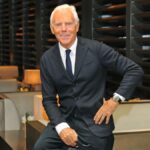









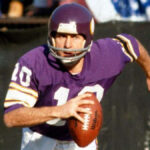
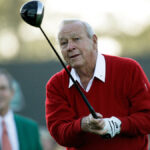
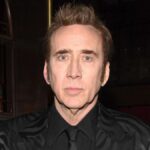
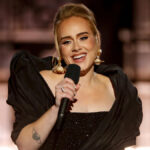
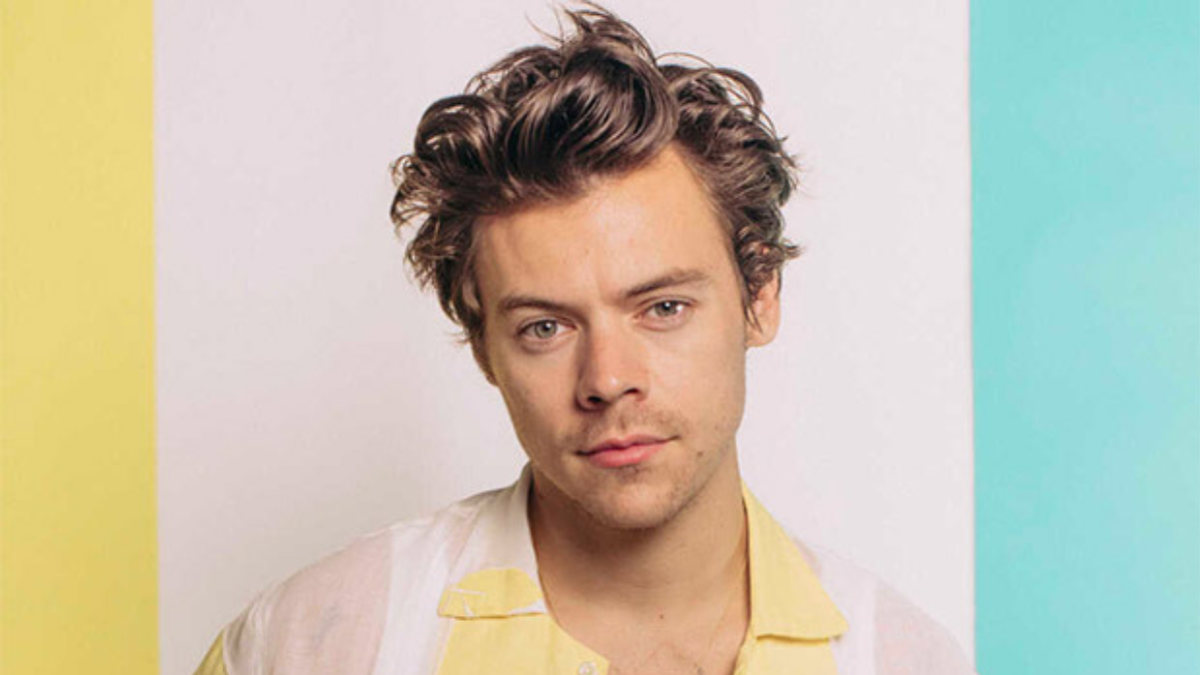

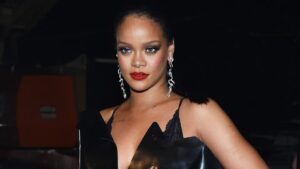
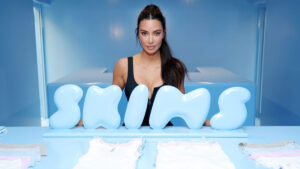
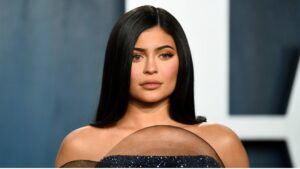
2 thoughts on “How Harry Styles Earns His Money: Music, Acting, Tours & Fashion”